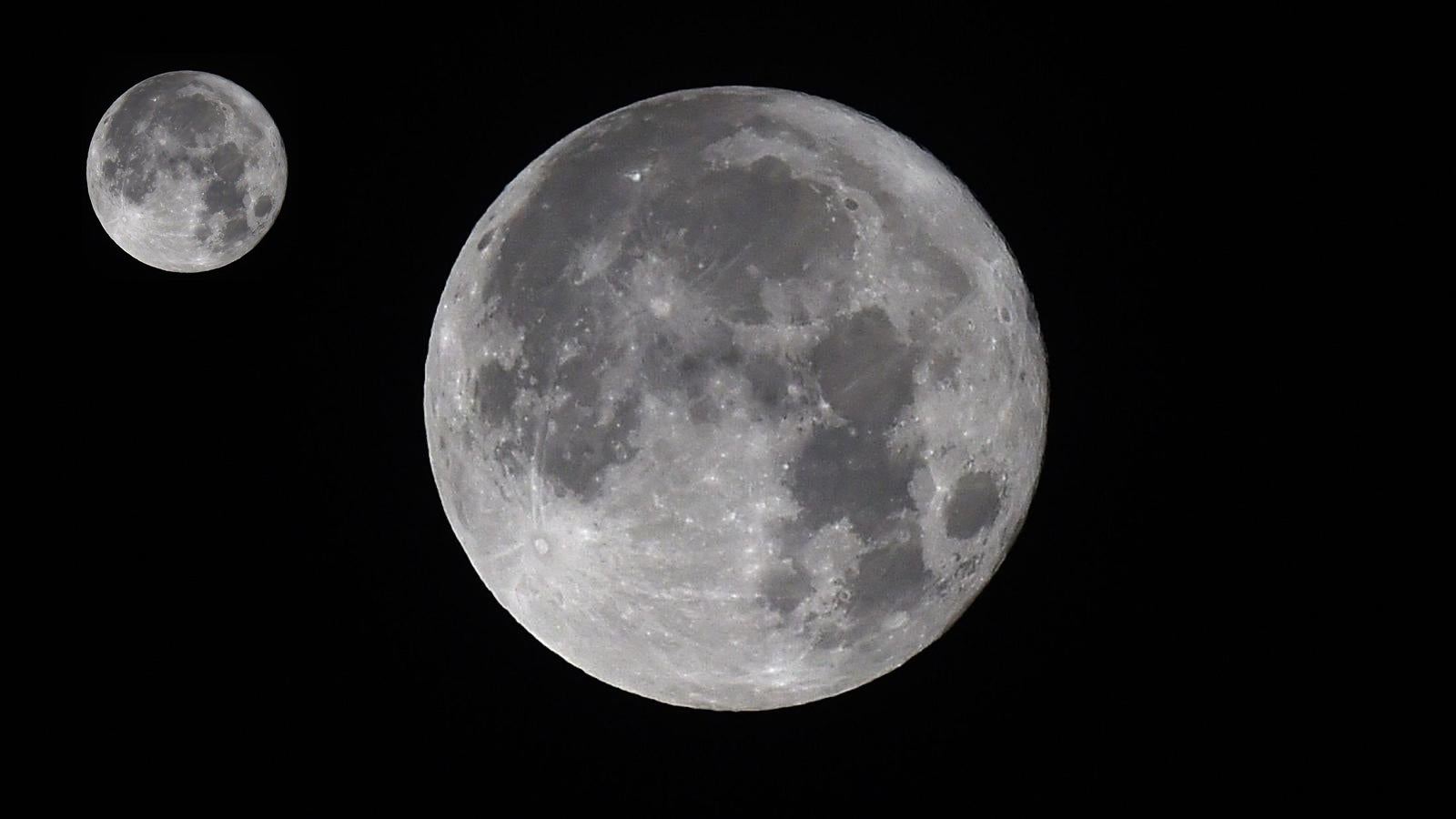Guess what scientists call the moons of moons
They call them “moonmoons.”


They call them “moonmoons.”
Well, according to New Scientist, anyway. Astronomers Sean Raymond and Juna Kollmeier say they’re happy with any of the following proposed terms:
- moonmoons
- submoons
- moonitos
- moonettes
- moooons
“IAU [International Astronomical Union] will have to decide!” Kollmeier told Quartz.
The two scientists are currently working on a paper called “Can Moons Have Moons?”, which they’ve posted to arXiv for feedback prior to submission. If you’ve never heard of a moonmoon, that’s because no one’s ever seen one before. But that doesn’t mean, as Kollmeier and Raymond argue in their paper, that a small moon, orbiting a larger moon, which in turn orbits a planet, can’t exist.
Their analysis suggests that moonmoons are possible, under the right circumstances—if, for instance, the large moon is quite large, the small moon is quite small, and both are sufficiently far away from the host planet. Moons that are too close to their planet risk losing their submoons to tidal forces from that planet, resulting in the submoon being shredded up, shot out into space, or sent careening off course and potentially crashing into their moon and its planet.
Seem implausibly specific? Not necessarily. Any of Saturn’s moons Titan and Iapetus, Jupiter’s moon Callisto, and Earth’s Moon could, theoretically, have a moonmoon, according to the researchers (though, of course, they don’t actually). And though it might sound whimsical, the two astronomers believe there are good reasons to investigate this theoretical phenomenon further: “We’re really just scratching the surface here with how we can use the absence of submoons to figure out our early history,” Kollmeier told Gizmodo. They hope that studying moonmoons might reveal a few more clues about how planets and their moons were formed.
Since putting the paper up for feedback, the internet’s gone crazy for moonmoons—and it’s at least in part due to their wonderful name. Equal parts stupid and charming, “moonmoons” have left Twitter spiraling out of orbit. If you’re confused about why, a Daily Dot explainer sheds a little light: Moonmoon isn’t just a possible astronomical term, but a 2014 meme about a gloriously dumb dog.
Let the Moonmoon-meets-moonmoon memes commence—as well as head-scratching shower questions about whether moonmoons could in turn have their very own moonmoonmoonmoons.